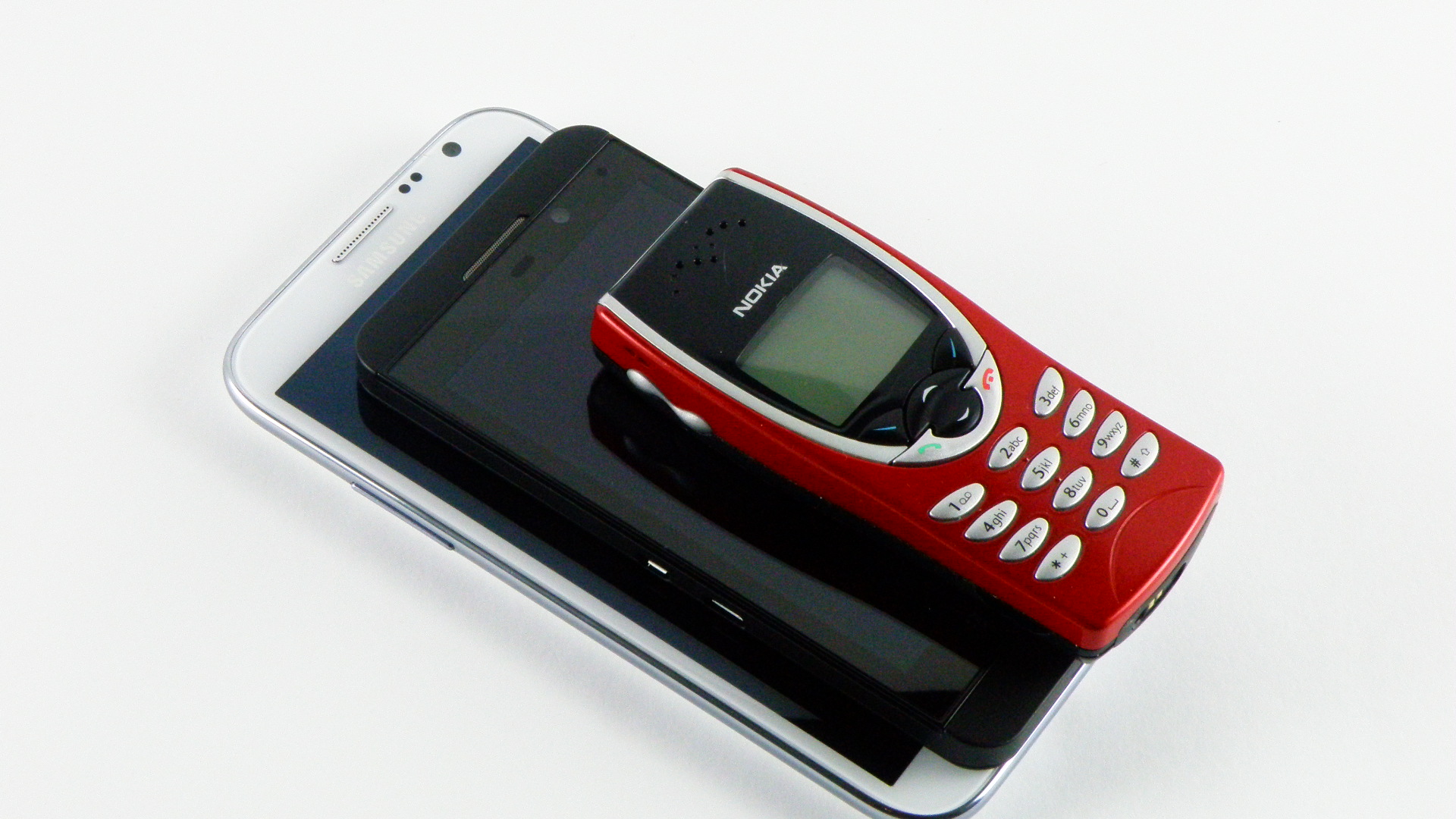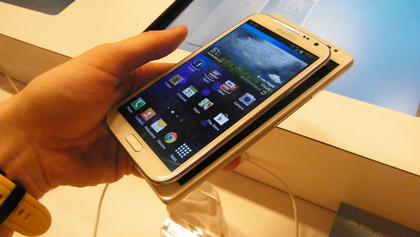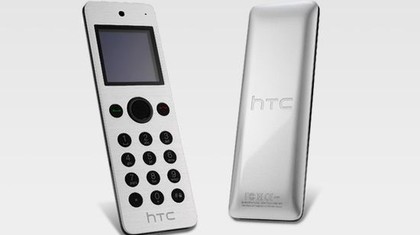Phablets will grow in 2013, but just how big can they get?
Manufacturers stretch the definition of a phone and the limits of your pocket

There was a time when things were simple: phones were supposed to be small, and the smaller they were, the more we wanted them.
Then smartphones taught us to tolerate a heftier handful, tablets raised our expectations of screen size, and now a new genre of device - the awkwardly named phablet - has emerged to fill the space between, putting pocket stitches to task and starting a conversation about the ideal display size.
"It's not a huge market, but it's doing pretty damn good," said Scott Steinberg, a tech analyst who runs TechSavvy Global, a strategic market and research firm.
But what's behind the great screen expansion, and just how far are consumers willing to stretch for these handsets?
Big and beautiful
Many of the plusses larger screen phones bring are inherent in the design: more real estate to view media, watch movies, take notes and read.
Chinese telecom company Huawei stormed CES 2013 with a bevy of large screened phones, the biggest among them the Ascend Mate, an Android that's home to a whopping 6.1-inch screen.
While some commentators were baffled by the Mate's expansiveness, Huawei Device, the company's electronic communications branch, said it had solid evidence that there is a market for the monster machine.
Sign up for breaking news, reviews, opinion, top tech deals, and more.
"Based on our extensive consumer research, we have found that a 6.1-inch smartphone display is the sweet spot for the moment," Huawei Device told TechRadar via email, explaining that this is "the optimal size" to provide "the functionality of a tablet with the portability and convenience of a smartphone." (However, this doesn't mean Huawei is abandoning other screen sizes.)

The Ascend Mate hasn't gone on sale yet - that won't happen until next month and only in China to start with - but its reception will set the pace and decide whether more manufacturers make a push towards voluminous screens.
Although the Mate is a bulky outlier, Steinberg sees that there's a perceptible trend for screen sizes to inch upward. "We're definitely seeing manufacturers push [towards larger screens]," he said. "The 5-to-6-inch range is where manufacturers want to play. It's only natural for a market that is maturing to develop into this space."
Birth of the Galaxy
Often referred to as "phablets," there's no formal definition of these phone-tablet hybrids, though it tends to mean "anything big enough to make you stare when someone pulls it out their pocket."
Joshua Flood, senior analyst for devices, applications and content at tech research firm ABI Research, offered a definition in a January 22 post on the firm's website: phablets, he wrote, are phones with screens measuring between 4.6 inches and 6.5 inches diagonally across.
The first Galaxy Note is considered by many to have reignited interest in a phone with a palm-sized screen, measuring 5.3 inches. The Galaxy Note II followed, with a display that advanced on its predecessor's by 0.2 inches.
"The Note was really one of the first phablets to grab a toehold in the space," Steinberg said.
Others have since come along - the HTC Droid DNA's screen stretches to 5 inches, the Optimus G by LG comes in at 4.7 inches diagonally, and HTC's upcoming M7 looks to have the same screen size.
Sony's CES-revealed Xperia Z owns a 5-inch Full HD Reality Display, while the HTC Butterfly - China's version of the DNA - is massive enough to warrant its own NFC-connected helper handset, the HTC Mini.

Meanwhile, the Galaxy S4, when it launches, should come with a 4.99-inch screen, a step up from its predecessor.
To put that in perspective, the first Galaxy S screen measured 4 inches, a size now commanded almost defiantly by Apple's iPhone 5.
According to ABI projections published by Flood, close to 83 million phablets were shipped in 2012, up by 4,504 percent from 2011.

Michelle was previously a news editor at TechRadar, leading consumer tech news and reviews. Michelle is now a Content Strategist at Facebook. A versatile, highly effective content writer and skilled editor with a keen eye for detail, Michelle is a collaborative problem solver and covered everything from smartwatches and microprocessors to VR and self-driving cars.